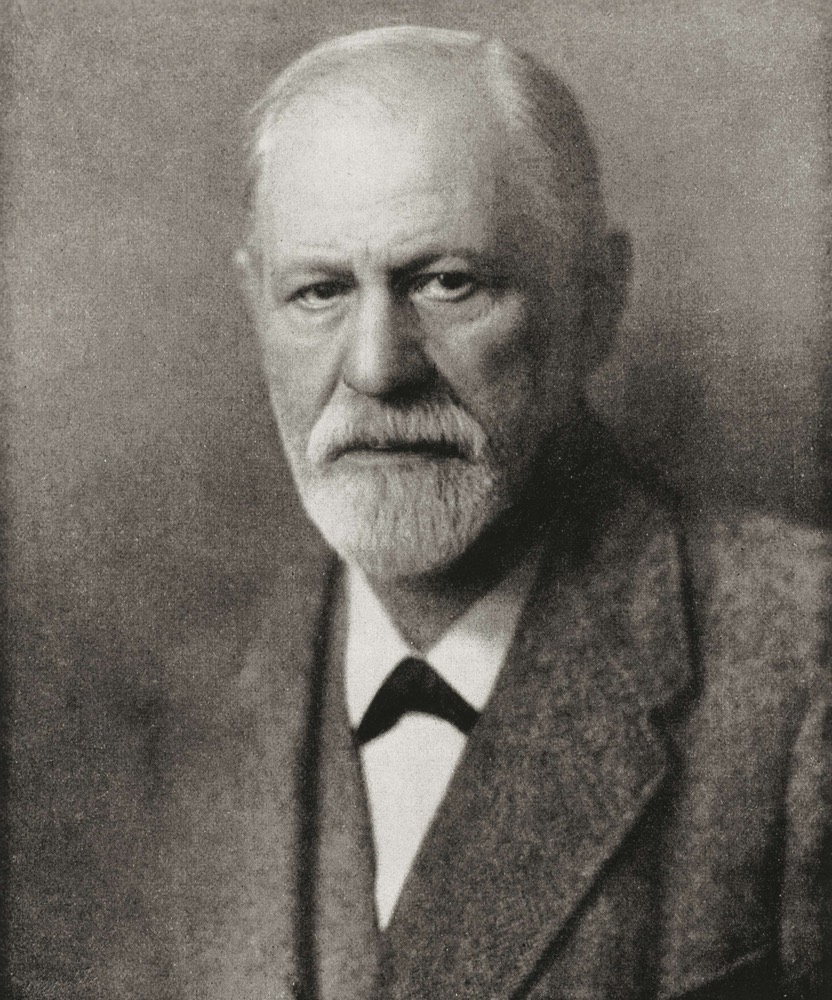Sigmund Freud: Life, Work & Theories

Though his ideas were controversial, Sigmund Freud was one of the most influential scientists in the fields of psychology and psychiatry. It has been over 100 years since Freud published his theories, yet he still influences what we think about personality and the mind.
Life
Freud was born to a wool merchant and his second wife, Jakob and Amalie, in Freiberg, Moravia, in the Austro-Hungarian Empire, on May 6, 1856. This town is now known as Příbor and is located in the Czech Republic.
For most of his life, he was raised in Vienna, and he was married there in 1886 to Martha Bernays. They had six children. His daughter, Anna Freud, also became a distinguished psychoanalyst.
In 1909, Freud came to the United States and made a presentation of his theories at Clark University in Massachusetts. This was his first presentation outside of Vienna. By this point, he was very famous, even with laymen.
In 1923, at age 67, Freud was diagnosed with cancer of the jaw after many years of smoking cigars. His treatment included 30 operations over the next 16 years, according to the PBS program, "A Science Odyssey."
Freud lived his adult life in Vienna until it was occupied by Germany in 1938. Though Jewish, Freud's fame saved him, for the most part. The Nazi party burned his books throughout Germany, but they let him leave Austria after briefly confiscating his passport. He and his wife fled to England, where he died in September 1939.
Work
In 1873, Freud entered the University of Vienna medical school. In 1882, he became a clinical assistant at the General Hospital in Vienna and trained with psychiatrist Theodor Meynert and Hermann Nothnagel, a professor of internal medicine. By 1885, Freud had completed important research on the brain's medulla and was appointed lecturer in neuropathology, according to the Encyclopedia Britannica.
Get the world’s most fascinating discoveries delivered straight to your inbox.
Freud's friend, Josef Breuer, a physician and physiologist, had a large impact on the course of Freud's career. Breuer told his friend about using hypnosis to cure a patient, Bertha Pappenheim (referred to as Anna O.), of what was then called hysteria. Breuer would hypnotize her, and she was able to talk about things she could not remember in a conscious state. Her symptoms were relieved afterwards. This became known as the "talking cure." Freud then traveled to Paris to study further under Jean-Martin Charcot, a neurologist famous for using hypnosis to treat hysteria.
After this new line of study, Freud returned to his hometown in 1886 and opened a practice that specialized in nervous and brain disorders. He found that hypnosis didn't work as well as he had hoped. He instead developed a new way to get people to talk freely. He would have patients lie back on a couch so that they were comfortable and then he would tell them to talk about whatever popped into their head. Freud would write down whatever the person would say, and analyze what they had said. This method of treatment is called free association. He published his findings with Breuer in 1895, in a paper called Studien über Hysterie (Studies in Hysteria).
In 1896, Freud coined the term psychoanalysis. This is the treatment of mental disorders, emphasizing on the unconscious mental processes. It is also called "depth psychology."
Freud also developed what he thought of as the three agencies of the human personality, called the id, ego and superego. The id is the primitive instincts, such as sex and aggression. The ego is the "self" part of the personality that interacts with the world in which the person lives. The superego is the part of the personality that is ethical and creates the moral standards for the ego.
In 1900, Freud broke ground in psychology by publishing his book "The Interpretation of Dreams." In his book, Freud named the mind's energy libido and said that the libido needed to be discharged to ensure pleasure and prevent pain. If it wasn't released physically, the mind's energy would be discharged through dreams.
The book explained Freud's belief that dreams were simply wish fulfillment and that the analysis of dreams could lead to treatment for neurosis. He concluded that there were two parts to a dream. The "manifest content" was the obvious sight and sounds in the dream and the "latent content" was the dream's hidden meaning.
"The Interpretation of Dreams" took two years to write. He only made $209 from the book, and it took eight years to sell 600 copies, according to PBS.
In 1901, he published "The Psychopathology of Everyday Life," which gave life to the saying "Freudian slip." Freud theorized that forgetfulness or slips of the tongue are not accidental. They are caused by the "dynamic unconscious" and reveal something meaningful about the person.
In 1902, Freud became a professor at the University of Vienna. Soon, he gained followers and formed what was called the Psychoanalytic Society. Groups like this one formed in other cities, as well. Other famous psychologists, such as Alfred Adler and Carl Jung, were early followers of Freud.
In 1905, one of Feud's most controversial theories, those about sexual drive, was published as "Drei Abhandlungen zur Sexualtheorie (Three Contributions to the Sexual Theory)." He theorized that sexual drive is a large factor in determining a person's psychology, even in infants, an idea he had touched upon in earlier works. He also developed the theory of the "Oedipus complex." This theory states that boys have sexual attractions toward their mothers that can create jealousy toward the father.
Another of Freud's controversial sexual theories was talked about in his 1933 lecture titled "Femininity." The theory, which he called "penis envy," stated that females become envious of penises as children, and this envy manifests as a daughter's love for her father and the desire to give birth to a son, because those are as close as she would ever get to having a penis of her own.
Freud is often joked about for his propensity to assign everything with sexual meaning. A likely apocryphal story is that, when someone suggested that the cigars he smoked were phallic symbols, Freud reportedly said, "Sometimes a cigar is just a cigar." Some have called this "Freud’s ultimate anti-Freudian joke." However, there is no written record that this quote actually came from Freud, according to Alan C. Elms in a paper published in 2001 in the Annual of Psychoanalysis.
There has been much arguing in psychology and psychiatry circles about Freud's theories during his life and since his death, which may just prove his ideas, according to some. "Freud discovered and taught about the unconscious mind and psychological defenses, including denial and repression," said Dr. Carole Lieberman, a Beverly Hills psychiatrist who studied under Anna Freud at her London clinic and practices Freudian psychoanalytic therapy. "So, in fact, in trying to deny Freud's insights, people are actually affirming them."
Additional resources



